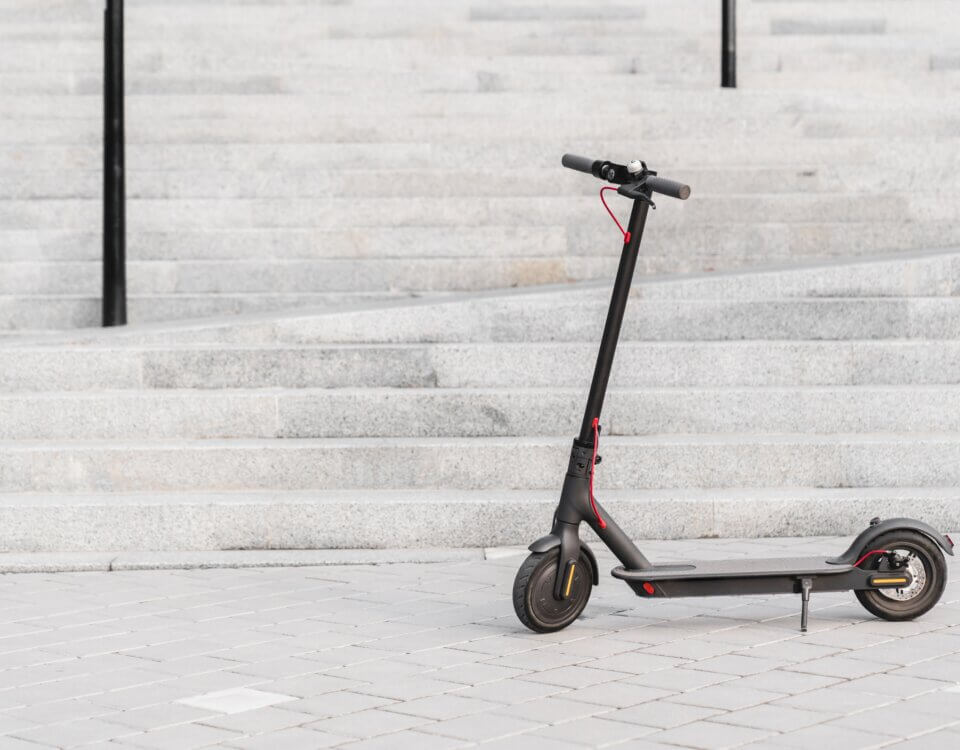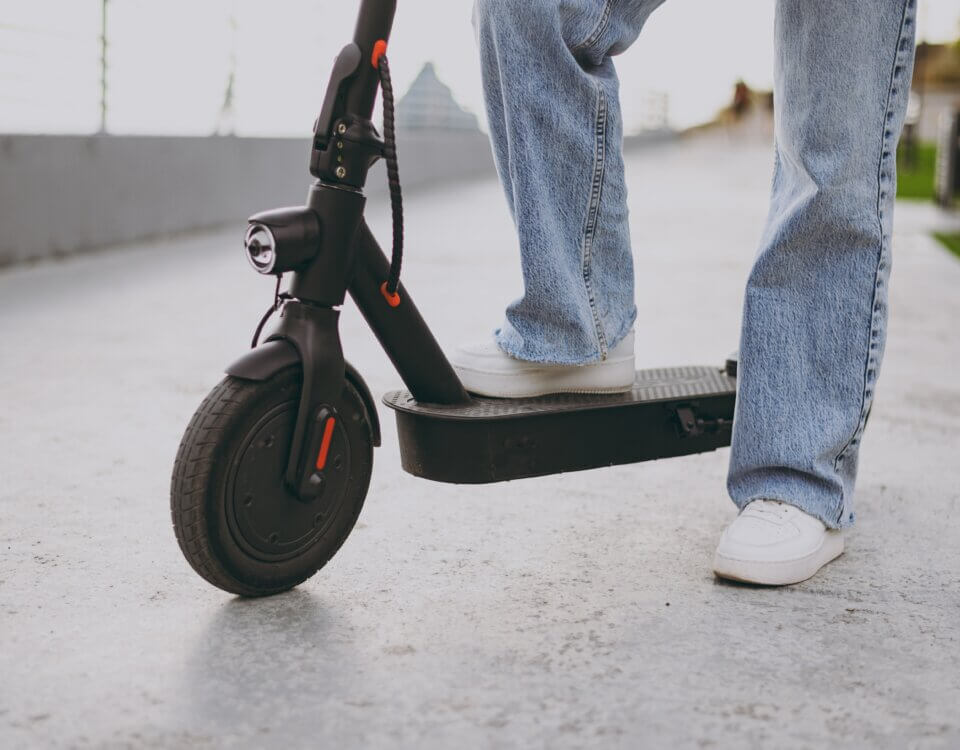Bike-share programs have become a popular feature in California cities, offering residents and tourists an affordable and eco-friendly transportation option. But as these programs expand, questions arise about their impact on local accident rates and overall road safety.
Benefits of Bike-Share Programs
- Reduced Traffic Congestion: More bikes on the road can mean fewer cars, easing urban traffic.
- Environmental Advantages: Bike-sharing reduces greenhouse gas emissions and encourages sustainable commuting.
- Increased Accessibility: Bike-share stations make cycling more available to those who don’t own a bike.
Potential Safety Concerns
- Inexperienced Riders: Casual users may be less familiar with traffic laws or proper cycling techniques.
- Busy Intersections: Bikes entering high-traffic areas can create conflicts with vehicles.
- Equipment Issues: Poorly maintained bikes may fail, causing crashes or injuries.
- Helmet Use: Riders using shared bikes are less likely to wear helmets, increasing head injury risks.
Local Data and Trends
- San Francisco and Los Angeles: Studies show a slight increase in minor crashes initially, but long-term trends suggest overall accident rates level off as infrastructure improves.
- San Diego: The addition of protected bike lanes near bike-share hubs has helped reduce serious collisions.
Safety Tips for Bike-Share Users
- Wear a Helmet: Bring your own if using a shared bike.
- Follow Traffic Laws: Obey signals, use bike lanes, and signal turns.
- Inspect the Bike: Check brakes, tires, and lights before riding.
- Stay Visible: Use lights at night and wear reflective clothing.
Community and Policy Actions
- Improve Infrastructure: Adding protected bike lanes near bike-share stations reduces risks.
- Public Education Campaigns: Teach proper riding techniques and traffic safety to new cyclists.
- Regular Maintenance: Ensure bike-share companies are inspecting and maintaining their fleets.
A Balanced Approach to Safer Streets
Community bike-share programs can support healthier, more sustainable cities when paired with proper infrastructure and education. By addressing safety concerns proactively, California communities can maximize the benefits of bike-sharing while minimizing accident risks.
Note: These blog posts are created solely for the use of Hillstone Law. The information is gathered from internet research, publicly available sources, and artificial intelligence (AI) tools such as ChatGPT. While we aim to share helpful and educational content, Hillstone Law does not independently verify every detail. Some information may be incomplete, outdated, or subject to change without notice. If you believe any part of a post is inaccurate, misleading, or infringes upon copyright, please contact Hillstone Law immediately so we can review it and take appropriate action, including correction or removal.
Disclaimer: The material provided in these blogs is for general informational purposes only and should not be considered legal advice. Reading these posts does not create, and is not intended to create, an attorney-client relationship with Hillstone Law. Our intent is to share knowledge, raise awareness, and provide helpful resources to the public; however, Hillstone Law makes no warranties or guarantees about the accuracy, completeness, or reliability of the information provided, and expressly disclaims liability for any actions taken in reliance on it. The photos used in these posts are for illustrative purposes only and do not depict actual clients, individuals, or incidents unless expressly stated. If you or a loved one has been injured in an accident, please contact Hillstone Law at (855) 691-1691. Our attorneys are available to answer your legal questions and help you understand your rights.








